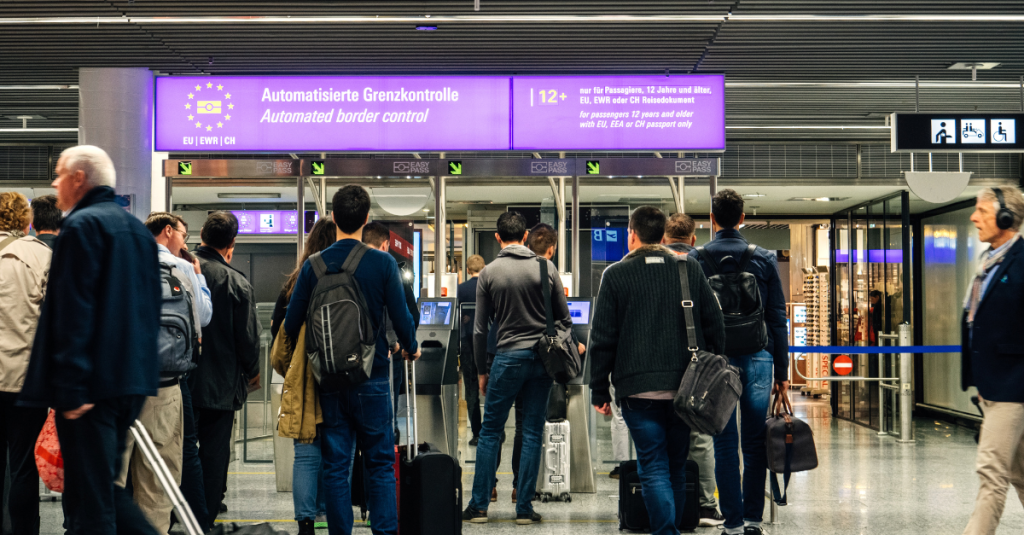Speculation is rife about another potential delay in the launch of the EU’s Entry/Exit System (EES).
Originally scheduled for November, concerns about implementation readiness are intensifying across the region.
The European Commission announced that the Entry/Exit System (EES) was set for a launch on November 10. However, speculation suggests another delay might be imminent. Reports from multiple sources indicate a possible ‘soft launch’ approach, allowing airports to bypass the system during crowding.
Concerns over the timeline have mounted as key countries like France, Germany, and the Netherlands have flagged implementation challenges. Additionally, the potential for a phased rollout is being considered, allowing ports and airports to adapt gradually to the new system.
EU’s plans for the EES are under scrutiny as officials discuss alternative strategies. Diplomatic sources reveal a low probability of meeting the original deadline, as discussions in Luxembourg gear up to outline contingency measures.
One of the propositions involves a gradual introduction, adjusting the scheme over several months or even extending to a year. This strategy aims to mitigate potential disruptions and ease the transition for EU member states. The insight provides clarity into the adaptability of the EU’s approach towards the EES implementation.
The travel industry is bracing itself for the potential disruption caused by the delay in the EES implementation. Airline executives and travel trade bodies are seeking clarity and assurance on the initiation of the scheme.
Travel industry leaders are communicating the necessity of adequate preparation and strategic planning to counter any delay-related impacts. This dialogue underpins the critical need for effective contingency measures.
Technical complexities pose significant hurdles for EES’s seamless execution, especially concerning biometric data collection and processing at borders.
Experts suggest deploying additional resources and training to enhance system readiness. This preparation is crucial to enable swift adaptation and minimise operational challenges during the EES rollout. Balancing technological advancements with practical constraints remains a top priority.
The implementation of the EES is expected to significantly transform entry procedures across the EU’s borders.
However, the transition to this new system may lead to extended processing times at border crossings, particularly in the initial phases. Airports and ports must strategise to manage delays during peak travel periods effectively. The anticipated impact on traveller experience is being closely monitored by industry stakeholders.
The European Commission is expected to provide updates regarding the EES implementation timetable soon.
Understanding the broader implications of the EES on international travel forms a critical part of the discussion moving forward. Continuous collaboration between governmental bodies and industry leaders will be pivotal in navigating these transformations.
The eventual rollout of the EU’s Entry/Exit System will undoubtedly reshape border controls.
In the interim, comprehensive planning and clear communication are key to mitigating disruption.

